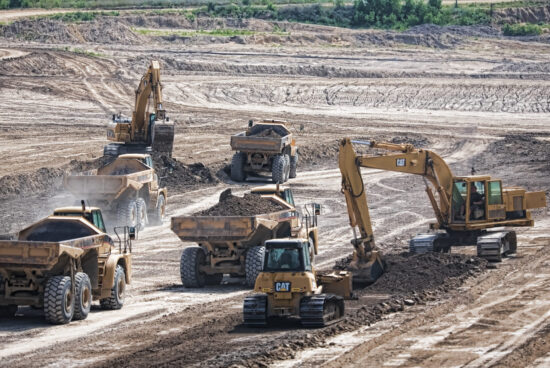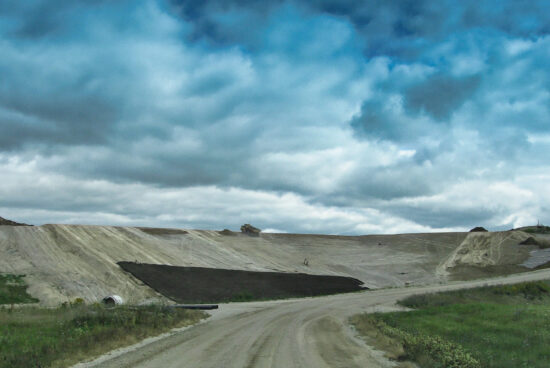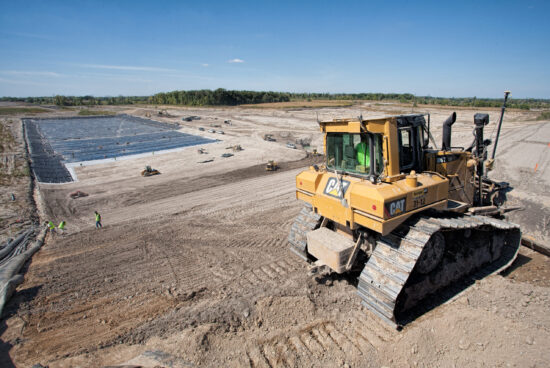Sustainable Landfill Management
Granger landfills are engineered to be secure spaces to put trash, meaning the groundwater and surrounding area are protected from the trash inside using the best available practices and technologies.
Landfills are designed to protect groundwater, surface water and air quality.
Each section (cell) of a Granger landfill takes about two years to construct (under the best possible weather conditions). This two-year schedule allows for the precise excavation of the cell, construction of a complex liner system for protection of groundwater and placement of a piping and drainage infrastructure (used to collect liquids and landfill gas for energy).
Landfill Liner
The liner contains layers of different materials to keep trash contained within the landfill. The materials include clay, a geocomposite material made from bentonite (a type of clay), a flexible membrane (plastic) liner, geosynthetic material to protect the membrane liner, pipes and sand.
Landfill Gas
Landfill gas collected from the landfill travels through the pipes to an on-site facility and is used to make renewable energy. Occasionally, the facilities cannot take some or all of the landfill gas. When this happens, the gas is flared. Utilizing landfill gas in these ways reduces greenhouse gas emissions.
Environmental Protection
Rules, regulations and policies for Michigan landfills are set by the U.S. Environmental Protection Agency (EPA), Michigan Department of Environment, Great Lakes and Energy (EGLE) and local communities. Landfill owners follow stringent regulations, plus their own best management practices for landfill construction and operation to protect the environment.

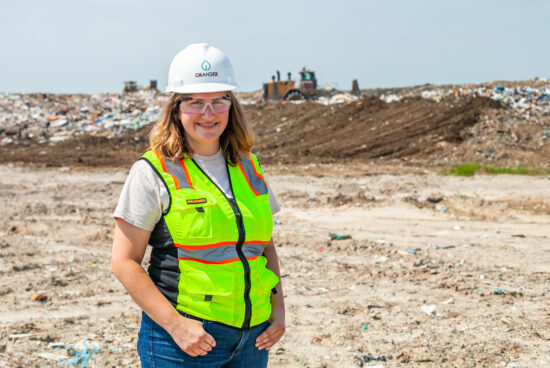
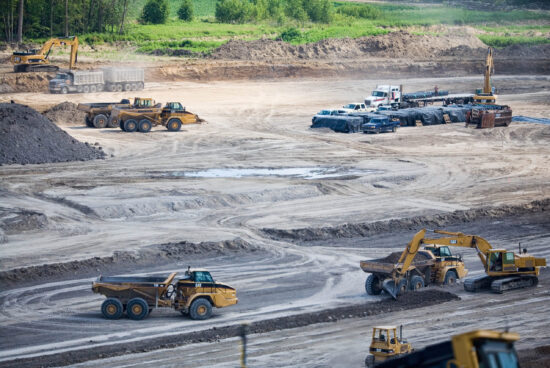
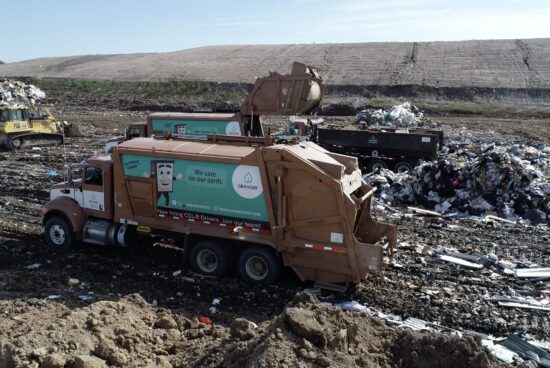
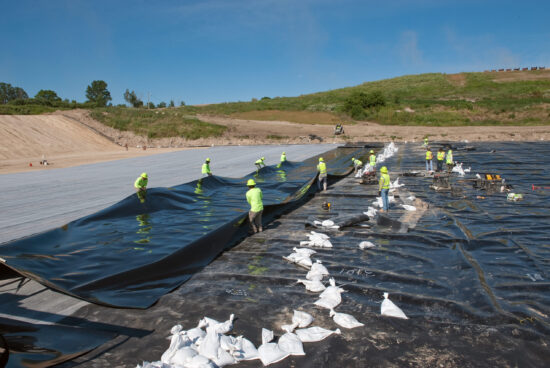
![AX2O9622-Edit Wood Street Landfill from Ralph (1)[19] granger landfill management](https://www.grangerwasteservices.com/wp-content/uploads/2022/02/AX2O9622-Edit-Wood-Street-Landfill-from-Ralph-119-scaled-e1645465267289-550x368.jpg)
